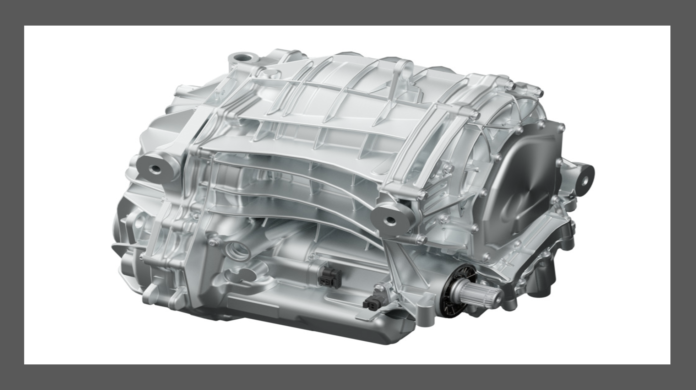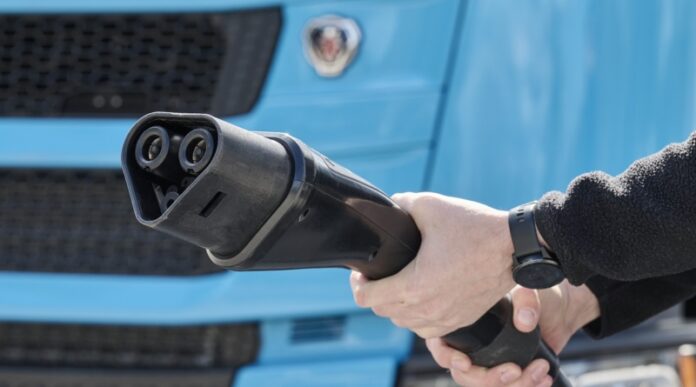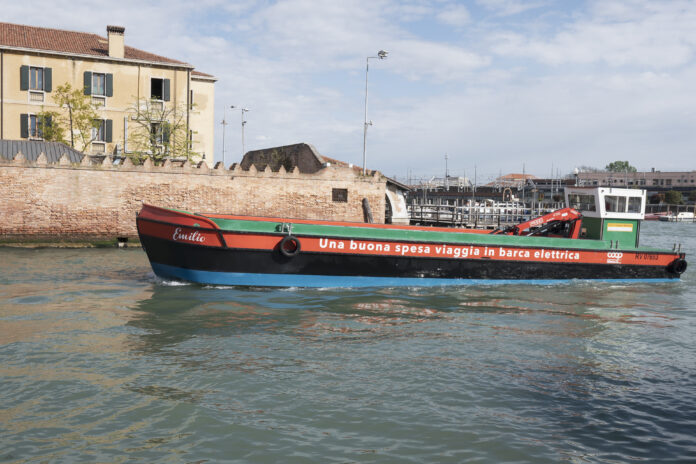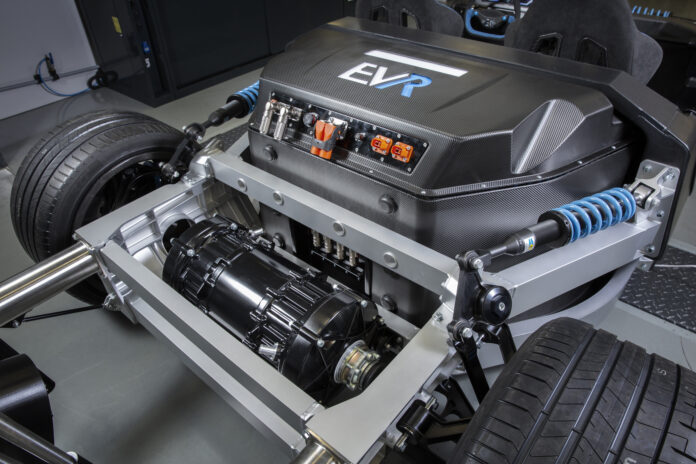What are the trends in new forms of air mobility, from urban mobility to Advanced Air Mobility with electric and hybrid propulsion and heavy drones?
We will find out at the annual Next Generation Mobility event to be held in Turin on 12 and 13 June at the Centro Congressi dell’Unione Industriali.
The first day will open in the morning with the fourth edition of the ‘Advanced Air Mobility National Conference,’ where the next projects in the pipeline in Italy and the latest challenges to innovate transport will be discussed.
The Conference is sponsored by ENAC, the Italian Civil Aviation Authority, and AS-SORPAS, the Association that aggregates light drone operators, whose president Nicola Nizzoli will speak at the event.
What is advanced air mobility
Initially created to indicate light transport services for goods and people in strictly urban areas, advanced air mobility, (AAM terminology created by NASA in 2020) covers all new forms of flying, from cargo drones, or rather remotely piloted or autonomous cargo planes, to taxis, to electric planes for private use to short-haul passenger aircraft with electric or hybrid propulsion.
And in Italy?
In Italy, urban air mobility has been widely talked about for about six years, when the pro-mission to guarantee a sustainable air transfer service between the various game venues had an influence on the awarding of the Milan-Cortina 2026 Winter Olympics. On the other hand, the City of Turin joined the EU’s Urban Air Mobility Initiative, at the same time launching an intensive programme of drone application research.
Themes of the event
At the National Conference in Turin, Arianna Censi – Deputy Mayor and Councillor for Mobility of the Municipality of Milan, will update on how the Lombardy capital is moving, in collaboration with various partners, on the eVTOL (electric Vertical Take-Off and Landing) front with a view to 2026 and beyond.
For Turin, Gianfranco Todesco – Head of the City’s Drone Unit – will illustrate the latest developments in the programme.
The interest of Piedmont, home to one of Italy’s aerospace development poles, in advanced aerial mobility is confirmed by the role of the Politecnico di Torino in the National Centre for Sustainable Mobility financed by the PNRR: Professor Giorgio Guglieri, one of the leading experts in the sector, will illustrate the Spoke 1 – Sustainable Mobility Centre project (National Centre for Sustainable Mobility – CNMS).
On the industrial front, Gianpaolo Conte – Program Manager Advanced Air Mobility at Leonardo, will give the overview from the point of view of Italy’s largest aerospace company.
Other scheduled speakers include: Paolo Arpellino – Head of Business Development at ITA Airways will testify to the interest of traditional airlines in new aircraft and the carbon-neutrality of civil aviation in general.
Luca Bono, Italy’s leading independent expert in the field of high-performance energy stor-ge systems for mobile applications, will close with a state-of-the-art overview of the technology, the real bottleneck of the sector, to which is added the problem of airspace control and management.
Sergio Barlocchetti, aeronautical journalist, pilot and certified instructor, will be the moderator and ‘raider’.
It will be possible to follow the annual Next Generation Mobility event in person, in the halls of the Unione Industriali di Torino Congress Centre, or via live streaming.
Next Generation Mobility 2023 is an event sponsored by the City of Turin, the Metropolitan City of Turin and the Piedmont Region.
The event is the result of a consolidated partnership with Clickutility Team, which has been organising conferences in the field of mobility and smart cities for over 15 years, and Studio Comelli, which has always been involved in the design of event content and scientific and media relations agendas.










